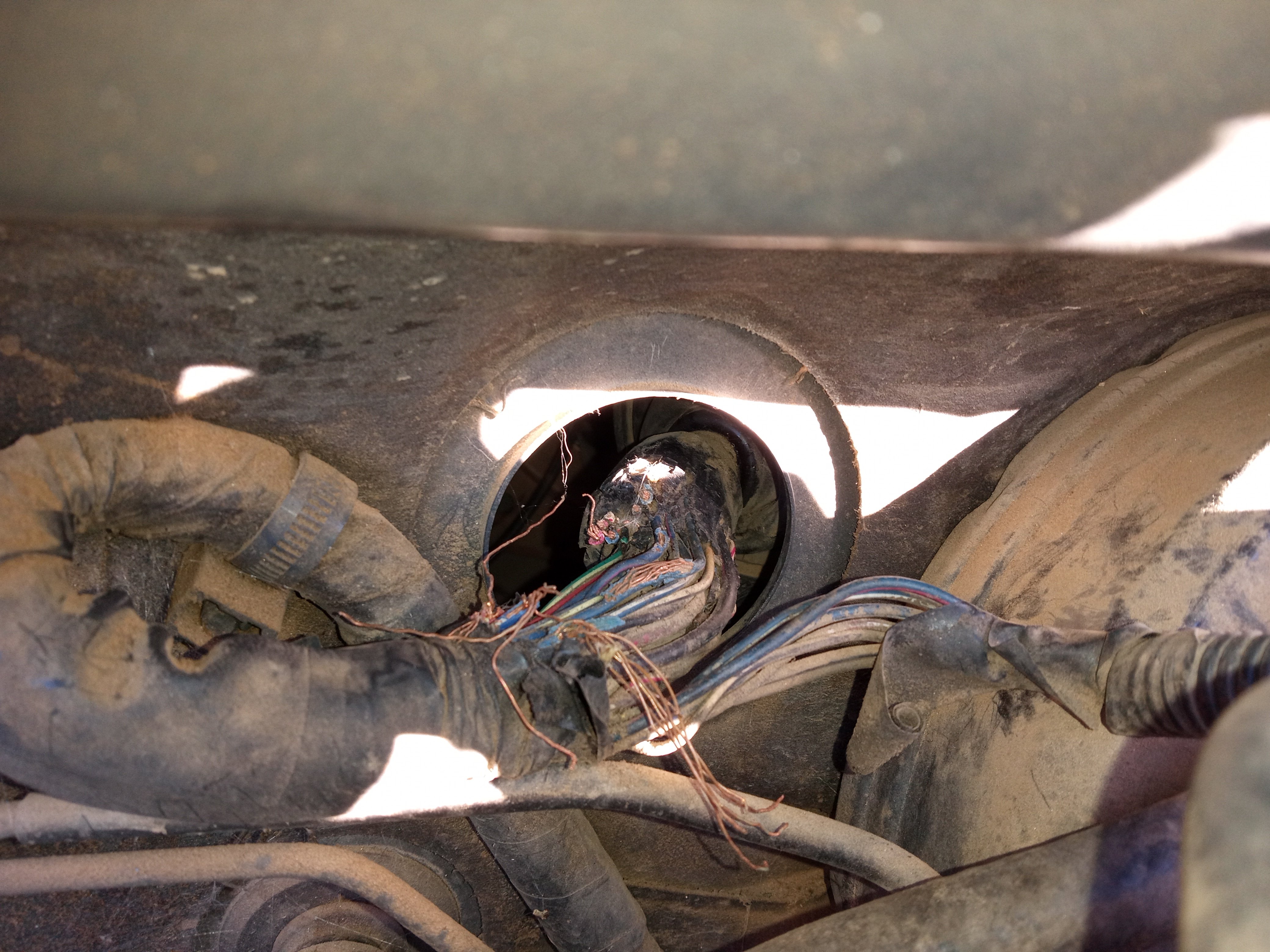Hello,
I went to start the car after a gap of three days. The vehicle was dead - no dashboard display, courtesy lights, nothing. I took off the 12v auxiliary battery and put a multimeter on it which gave a reading of just over 2v.
Assuming the 12v battery was faulty I connected up a brand new 12v and several things occurred.
EV Service Required Stop Safely message on dashboard display, which went blank very shortly afterwards.
The car alarm went off, albeit very faintly.
I disconnected the battery, and the multimeter showed 9v.
So as soon as the 12v battery was connected the car starting draining it down very quickly, to 9v in about 5 minutes.
Any suggestions as to what might be causing this?
When the fault originally occurred nothing had been left on ( headlights etc and the doors and hatch were all closed ). The fact that the battery drain started immediately I connected up the 12v suggests it is not the the usual left something on reason.
thanks in advance for any advice.
I went to start the car after a gap of three days. The vehicle was dead - no dashboard display, courtesy lights, nothing. I took off the 12v auxiliary battery and put a multimeter on it which gave a reading of just over 2v.
Assuming the 12v battery was faulty I connected up a brand new 12v and several things occurred.
EV Service Required Stop Safely message on dashboard display, which went blank very shortly afterwards.
The car alarm went off, albeit very faintly.
I disconnected the battery, and the multimeter showed 9v.
So as soon as the 12v battery was connected the car starting draining it down very quickly, to 9v in about 5 minutes.
Any suggestions as to what might be causing this?
When the fault originally occurred nothing had been left on ( headlights etc and the doors and hatch were all closed ). The fact that the battery drain started immediately I connected up the 12v suggests it is not the the usual left something on reason.
thanks in advance for any advice.

